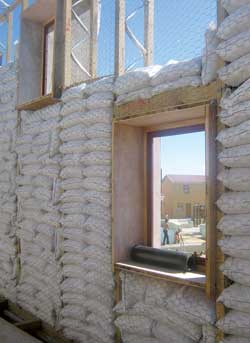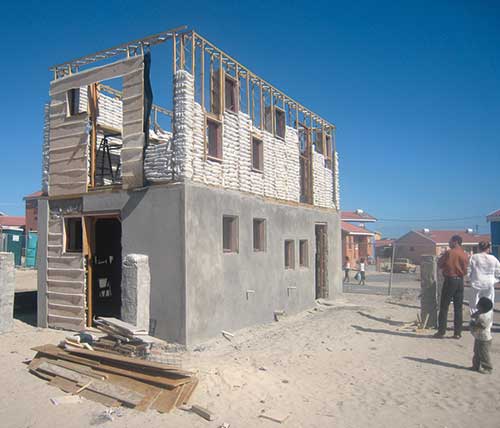Getting High Design from a Low-Tech Approach
Gimme shelter
Across the globe in Cape Town, South Africa, a local firm, MMA Architects, recently completed the first of a series of houses it is building in Freedom Park, an area which, despite its hopeful name, is a crowded shantytown within the Mitchell's Plain Township, and which until a few years ago lacked basic infrastructure such as plumbing and sanitation. MMA's project is part of a larger initiative by a charitable trust to build 490 units of affordable housing there. The price tag for the first house came in well below $10,000 and is expected to go down even further once mass production begins.
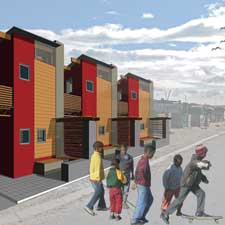 |
Â
 |
||
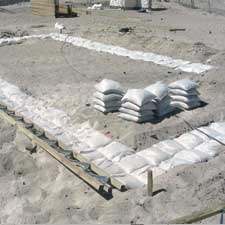 |
|
||
|
|||
Â
|
||
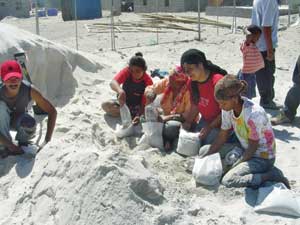 |
|
|
Â
To achieve such an impossibly low figure, the architects, led by Luyanda Mpahlwa, researched alternatives to the brick and concrete block construction that is prevalent in the region. "Architects are not involved in low-cost housing here in South Africa," Mpahlwa explains. "That is usually carried out by developers with government subsidies. Without any sense of creativity or innovation, they produce a model house and then just press the repeat button. Our industry does not yet support alternative design, so you really struggle to find affordable building materials."
Mpahlwa eventually settled on a unique construction system produced by a small, local company. Composite assembly featuring a metal truss sandwiched by timber outer layers make up the floors, staircase, window openings, and exterior walls of the two-story house. The use of this kind of assembly saves up to two-thirds the amount of timber used in conventional wood frame construction. The space between the columns of the exterior walls was filled with an unlikely, but readily available product-sand.
Members of the community, particularly the beneficiaries of the 580-square-foot house, collected sand from the surrounding dunes, sifted it to remove insects and debris, and put it into bags that they stacked within the structural framework. The resulting 15-inch-thick walls, Mpahlwa points out, provide excellent thermal properties, in much the same way that traditional African stone or mud rondavels do. The walls are also fire- and wind-resistant, besides having superior sound-absorbing qualities in an area where privacy is in short supply.
The sandbags' ability to prevent water penetration offers another benefit. Much like walls of sandbags that are often assembled for flood control purposes in the wake of rising rivers, the sandbag-walled house is particularly useful in an area prone to flooding.
As in the Villanueva project, a construction manager and a small team of skilled workers oversaw construction, which included on-the-job training for locals. Throughout almost the entire building process, no electricity was required on-site. Beams were fabricated to measure in a nearby warehouse, and cement to plaster the exterior walls was mixed in a hand mixer. Concrete was used only in the beams to support the second level, where the bedrooms are located. Interiors are clad in timber board.
Mpahlwa left a considerable portion of the house's small plot unbuilt, allowing for a garden and a safe area behind the house for the recipient family's six children to play. "These are very dense and dangerous environments," Mpahlwa says. "It's important to think about issues of comfort and safety." The family, who had been living in a shack, was involved in the design process from the beginning. "They had never lived in a formal structure," Mpahlwa says. "It was an incredible feeling to see the look on their faces as they moved into their first home."





